|
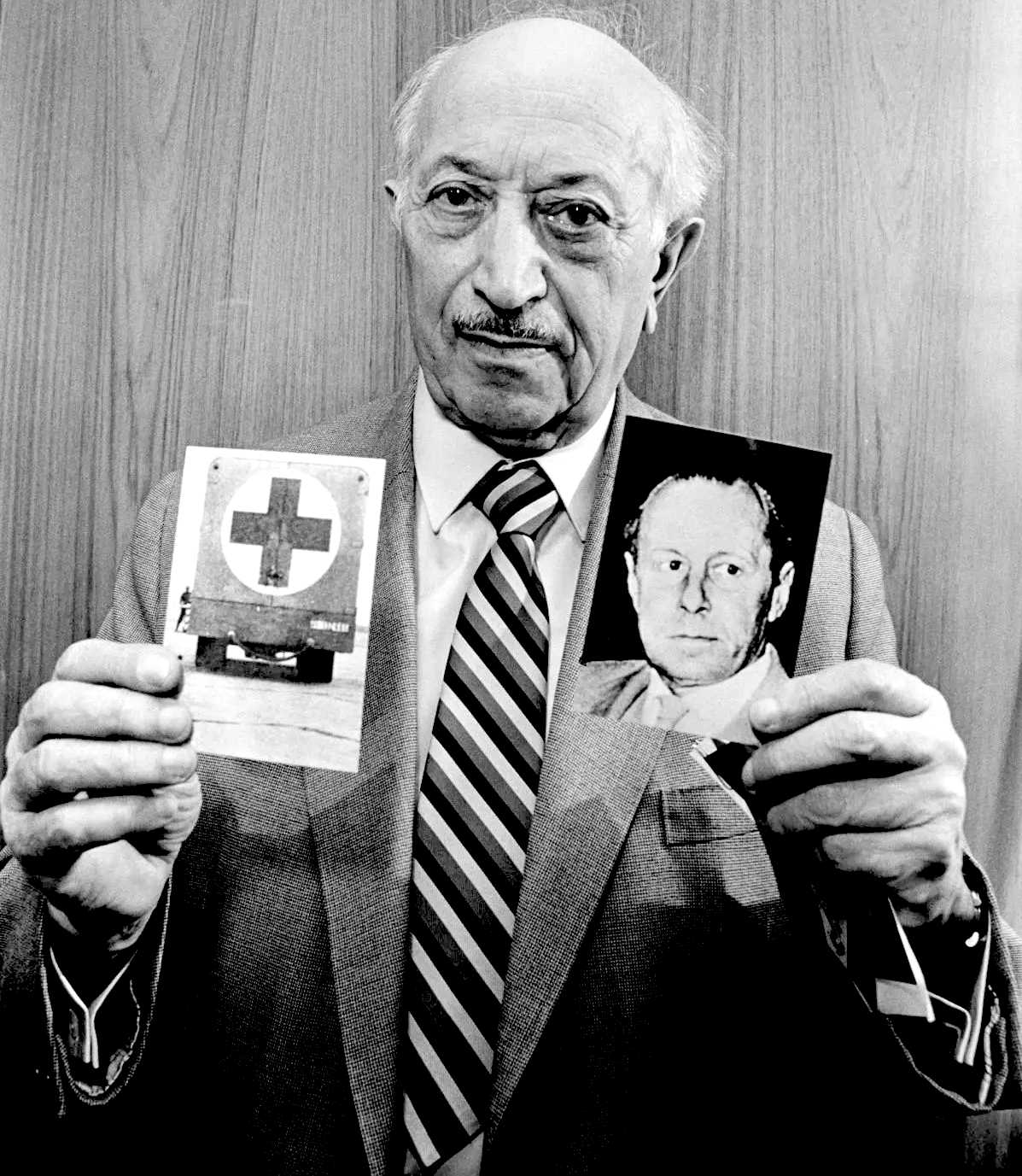
Simon
Wiesenthal - The Nazi Hunter
Simon Wiesenthal KBE was born 31 December 1908, passing on 20 September 2005. He was a Jewish Austrian Holocaust survivor, Nazi hunter, and writer. He studied architecture and was living in Lwów at the outbreak of
World War II. He survived the Janowska concentration camp (late 1941 to September 1944), the Kraków-Płaszów concentration camp (September to October 1944), the Gross-Rosen concentration camp, a death march to Chemnitz, Buchenwald, and the Mauthausen concentration camp (February to 5 May 1945).
After the war, Wiesenthal dedicated his life to tracking down and gathering information on fugitive Nazi war criminals so that they could be brought to trial. In 1947, he co-founded the Jewish Historical Documentation Centre in Linz, Austria, where he and others gathered information for future war crime trials and aided refugees in their search for lost relatives. He opened the Documentation Centre of the Association of Jewish Victims of the Nazi Regime in Vienna in 1961 and continued to try to locate missing Nazi war criminals. He played a small role in locating Adolf Eichmann, who was captured by the Mossad in Buenos Aires in 1960, and worked closely with the Austrian justice ministry to prepare a dossier on Franz Stangl, who was sentenced to life imprisonment in 1971.
In the 1970s and 1980s, Wiesenthal was involved in two high-profile events involving Austrian politicians. Shortly after Bruno Kreisky was inaugurated as Austrian chancellor in April 1970, Wiesenthal pointed out to the press that four of his new cabinet appointees had been members of the Nazi Party. Kreisky, angry, called Wiesenthal a "Jewish fascist", likened his organisation to the Mafia, and accused him of collaborating with the Nazis. Wiesenthal successfully sued for libel, the suit ending in 1989. In 1986, Wiesenthal was involved in the case of Kurt Waldheim, whose service in the
Wehrmacht and probable knowledge of the Holocaust were revealed in the lead-up to the 1986 Austrian presidential elections. Wiesenthal, embarrassed that he had previously cleared Waldheim of any wrongdoing, suffered negative publicity as a result of this event.
With a reputation as a storyteller, Wiesenthal was the author of several memoirs containing tales that are only loosely based on actual events. In particular, he exaggerated his role in the capture of Eichmann in 1960. Wiesenthal died in his sleep at age 96 in Vienna on 20 September 2005 and was buried in the city of Herzliya in Israel. The Simon Wiesenthal Center, headquartered in Los Angeles, is named in his honour.

WORLD WAR TWO
In Europe, World War II began in September 1939 with the Nazi invasion of Poland. As a result of the partitioning of Poland under the Molotov–Ribbentrop Pact between Germany and the Soviet Union, the city of Lwów was annexed by the Soviets and became known as Lvov in Russian or Lviv in Ukrainian. Wiesenthal's stepfather, still living in Dolyna, was arrested as a capitalist; he later died in a Soviet prison. Wiesenthal's mother moved to Lvov to live with Wiesenthal and Cyla. Wiesenthal bribed an official to prevent his own deportation under Clause 11, a rule that prevented all Jewish professionals and intellectuals from living within 100 kilometres (62 mi) of the city, which was under Soviet occupation until the Germans invaded in June 1941.
By mid-July Wiesenthal and other Jewish residents had to register to do forced labour. Within six months, in November 1941 the Nazis had set up the Lwów Ghetto using Jewish forced labour. All Jews had to give up their homes and move there, a process completed in the following months. Several thousand Jews were murdered in Lvov by Ukrainian nationals and German Einsatzgruppen in June and July 1941. In his autobiographies, Wiesenthal tells how he was arrested on 6 July, but saved from execution by his former foreman, a man named Bodnar, who was now a member of the Ukrainian Auxiliary Police. There are several versions of the story, which may be apocryphal.
In late 1941, Wiesenthal and his wife were transferred to Janowska concentration camp and forced to work at the Eastern Railway Repair Works. He painted swastikas and other inscriptions on captured Soviet railway engines, and Cyla was put to work polishing the brass and nickel. In exchange for providing details about the railways, Wiesenthal obtained false identity papers for his wife from a member of the Armia Krajowa, a Polish underground organisation. She travelled to Warsaw, where she was put to work in a German radio factory. She spent time in two labour camps as well. Conditions were harsh and her health was permanently damaged, but she survived the war. The couple was reunited in 1945, and their daughter Paulinka was born the following year.
Every few weeks, the Nazis staged a roundup in the Lvov ghetto of people unable to work. These roundups typically took place while the able-bodied were absent doing forced labour. In one such deportation, Wiesenthal's mother and other elderly Jewish women were transported by freight train to Belzec extermination camp and murdered in August 1942. Around the same time, a Ukrainian policeman shot Cyla's mother to death on the front porch of her home in Buczacz while she was being evicted. Between Cyla and Simon Wiesenthal, 89 of their relatives were murdered during the Holocaust.
Forced labourers for the Eastern Railway were eventually kept in a separate closed camp, where conditions were a little better than at the main camp at Janowska. Wiesenthal prepared architectural drawings for Adolf Kohlrautz, the senior inspector, who submitted them under his own name. To obtain contracts, construction companies paid bribes to Kohlrautz, who shared some of the money with Wiesenthal. He was able to pass along further information about the railroads to the underground and occasionally left the compound to obtain supplies, even clandestinely obtaining weapons for the Armia Krajowa and two pistols for himself, which he brought with him when he escaped in late 1943.
According to Wiesenthal, on 20 April 1943, Second Lieutenant Gustav Wilhaus, second in command at the Janowska camp, decided to shoot 54 Jewish intellectuals in celebration of Hitler's 54th birthday. Unable to find enough such people still alive at Janowska, Wilhaus ordered a roundup of prisoners from the satellite camps. Wiesenthal and two other inmates were taken from the Eastern Railway camp to the execution site, a trench 6 feet (1.8 m) deep and 1,500 feet (460 m) long at a nearby sandpit. The men were stripped and led through "the Hose", a six- or seven-foot wide barbed wire corridor to the execution ground. The victims were shot and their bodies allowed to fall into the pit. Wiesenthal, waiting to be shot, heard someone call out his name. He was returned alive to the camp; Kohlrautz had convinced his superiors that Wiesenthal was the best man available to paint a giant poster in honour of Hitler's birthday.
On 2 October 1943, according to Wiesenthal, Kohlrautz warned him that the camp and its prisoners were about to be liquidated. Kohlrautz gave Wiesenthal and fellow prisoner Arthur Scheiman passes to go to town, accompanied by a Ukrainian guard, to buy stationery. The two men escaped out the back of the shop while their guard waited at the front counter.
Wiesenthal did not mention either of these events—or Kohlrautz's part in them—when testifying to American investigators in May 1945, or in an affidavit he made in August 1954 about his wartime persecutions, and researcher Guy Walters questions their authenticity. Wiesenthal variously reported that Kohlrautz was killed on the Soviet Front in 1944 or in the Battle of Berlin on 19 April 1945.
After several days in hiding, Scheiman rejoined his wife, and Wiesenthal was taken by members of the underground to the nearby village of Kulparkow, where he remained until the end of 1943. Soon afterwards the Janowska camp was liquidated; this made it unsafe to hide in the nearby countryside, so Wiesenthal returned to Lvov, where he spent three days hiding in a closet at the Scheimans' apartment. He then moved to the apartment of Paulina Busch, for whom he had previously forged an identity card. He was arrested there, hiding under the floorboards, on 13 June 1944 and taken back to the remains of the camp at Janowska. Wiesenthal tried but failed to commit suicide to avoid being interrogated about his connections with the underground. In the end there was no time for interrogations, as Soviet forces were advancing into the area. SS-Hauptsturmführer Friedrich Warzok, the new camp commandant, rounded up the remaining prisoners and transported them to Przemyśl, 97 kilometres (60 mi) west of Lvov, where he put them to work building fortifications. By September Warzok and his men were reassigned to the front, and Wiesenthal and the other surviving captives were sent to the Kraków-Płaszów concentration camp.
By October the inmates were evacuated to Gross-Rosen concentration camp, where inmates were suffering from severe overcrowding and a shortage of food. Wiesenthal's big toe on his right foot had to be amputated after a rock fell on it while he was working in the quarry. He was still ill in January when the advancing Soviets forced yet another evacuation, this time on foot, to Chemnitz. Using a broom handle for a walking stick, he was one of the few who survived the march. From Chemnitz the prisoners were taken in open freight cars to Buchenwald, and a few days later by truck to Mauthausen concentration camp, arriving in mid-February 1945. Over half the prisoners did not survive the journey. Wiesenthal was placed in a death block for the mortally ill, where he survived on 200 calories a day until the camp was liberated by the Americans on 5 May 1945. He weighed 41 kilograms (90 lb) when he was liberated.
THE NAZI HUNTER
Within three weeks of the liberation of Mauthausen, Wiesenthal had prepared a list of around a hundred names of suspected Nazi war
criminals - mostly guards, camp commandants, and members of the
Gestapo - and presented it to a War Crimes office of the American Counterintelligence Corps at Mauthausen. He worked as an interpreter, accompanying officers who were carrying out arrests, though he was still very frail. When Austria was partitioned in July 1945, Mauthausen fell into the Soviet-occupied zone, so the American War Crimes Office was moved to Linz. Wiesenthal went with them, and was housed in a displaced persons camp. He served as vice-chairman of the area's Jewish Central Committee, an organisation that attempted to arrange basic care for Jewish refugees and tried to help people gather information about their missing family members.
Wiesenthal worked for the American Office of Strategic Services for a year, and continued to collect information on both victims and perpetrators of the Holocaust. He assisted the Berihah, an underground organisation that smuggled Jewish survivors into the British Mandate for Palestine. Wiesenthal helped arrange for forged papers, food supplies, transportation, and so on. In February 1947, he and 30 other volunteers founded the Jewish Documentation Center in Linz to gather information for future war crimes trials. They collected 3,289 depositions from concentration camp survivors still living in Europe. However, as the US and the Soviet Union lost interest in conducting further trials, a similar group headed by Tuviah Friedman in Vienna closed its office in 1952, and Wiesenthal's closed in 1954. Almost all of the documentation collected at both centres was forwarded to the Yad Vashem archives in Israel. Wiesenthal, employed full-time by two Jewish welfare agencies, continued his work with refugees. As it became clear that the former Allies were no longer interested in pursuing the work of bringing Nazi war criminals to justice, Wiesenthal persisted, believing the survivors were obliged to take on the task. His work became a way to memorialise and remember all the people that had been lost. He told biographer Alan Levy in 1974:
" When the Germans first came to my city in Galicia, half the population was Jewish: one hundred fifty thousand Jews. When the Germans were gone, five hundred were alive. ... Many times I was thinking that everything in life has a price, so to stay alive must also have a price. And my price was always that, if I lived, I must be deputy for many people who are not alive."
ADOLF EICHMANN
Though most of the Jews still alive in Linz had emigrated after the war, Wiesenthal decided to stay on, partly because the family of Adolf Eichmann lived a few blocks away from him. Eichmann had been in charge of the transportation and deportation of Jews in the Nazi Final Solution to the Jewish Question: a plan finalised at the Wannsee Conference at which Eichmann took the minutes to exterminate all the Jews in Europe. After the war, Eichmann hid in Austria using forged identity papers until 1950, when he left via Italy and moved to Argentina under an assumed name. Hoping to obtain information on Eichmann's whereabouts, Wiesenthal continuously monitored the remaining members of the immediate family in Linz until they vanished in 1952.
Wiesenthal learned from a letter shown to him in 1953 that Eichmann had been seen in Buenos Aires, and he passed along that information to the Israeli consulate in Vienna in 1954. Fritz Bauer, prosecutor-general of the state of Hesse in West Germany, received independent confirmation of Eichmann's whereabouts in 1957, but German agents were unable to find him until late 1959. When Eichmann's father died in 1960, Wiesenthal made arrangements for private detectives to surreptitiously photograph members of the family, as Eichmann's brother Otto was said to bear a strong family resemblance and there were no current photos of the fugitive. He provided these photographs to Mossad agents on 18 February. Zvi Aharoni, one of the Mossad agents responsible for Eichmann's capture in Buenos Aires on 11 May 1960, said the photos were useful in confirming Eichmann's identity. On 23 May Israeli Prime Minister David Ben-Gurion announced Eichmann was under arrest and in Israel. The next day Wiesenthal, while he was being interviewed by reporters, received a congratulatory telegram from Yad Vashem. He immediately became a minor celebrity, and began work on a book about his experiences. Ich jagte Eichmann: Tatsachenbericht (I chased Eichmann. A true story) was published six weeks before the trial opened in spring 1961. Wiesenthal helped the prosecution prepare their case and attended a portion of the trial. Eichmann was sentenced to death and was hanged on 1 June 1962.
Meanwhile, both of Wiesenthal's employers terminated his services in 1960, as there were too few refugees left in the city to justify the expense. Wiesenthal opened a new documentation centre (the Documentation Centre of the Association of Jewish Victims of the Nazi Regime) in Vienna in 1961. He became a Mossad operative, for which he received the equivalent of several hundred dollars per month. He maintained files on hundreds of suspected Nazi war criminals and located many, about six of whom were arrested as a result of his activities. Successes included locating and bringing to trial Erich Rajakowitsch, responsible for the deportation of Jews from the Netherlands, and Franz Murer, the commandant of the Vilna Ghetto. In 1963 Wiesenthal read in the newspaper that Karl Silberbauer, the man who had arrested famed diarist Anne Frank, had been located; he was serving on the police force in Vienna. Wiesenthal's publicity campaign led to Silberbauer being temporarily suspended from the force, but he was never prosecuted for arresting the Frank family.
Despite Wiesenthal's protests, in late 1963 his centre in Vienna was taken over by a local community group, so he immediately set up a new independent office, funded using donations and his stipend from the Mossad. As the 20-year statute of limitations for German war crimes was about to expire, Wiesenthal began lobbying to have it extended or removed entirely. In March 1965 the Bundestag deferred the matter for five years, effectively extending the expiration date. Similar action was taken by the Austrian government. But as time went on, it became more difficult to obtain prosecutions. Witnesses grew older and were less likely to be able to offer valuable testimony. Funding for trials was inadequate, as the governments of Austria and Germany became less interested in obtaining convictions for wartime events, preferring to forget the Nazi past.
FRANZ STANGL
Franz Stangl was a supervisor at the Hartheim Euthanasia Centre, part of Action T4, an early Nazi euthanasia programme that was responsible for the deaths of over 70,000 mentally ill or physically deformed people in Germany. In February 1942, he was commander at the Sobibor extermination camp and in August of the same year he was transferred to Treblinka. During his time at these camps, he oversaw the deaths of nearly 900,000 people. While under U.S. detention for two years, he remained unidentified as a war criminal because so few witnesses had survived Sobibor and Treblinka that authorities never realised who he was. He escaped while on a roadwork detail in Linz in May 1948. After he made his way to Rome, the Caritas relief agency provided him with a Red Cross passport and a boat ticket to Syria. His family joined him there a year later and they emigrated to Brazil in 1951.
It was probably Stangl's former son-in-law who informed Wiesenthal of Stangl's whereabouts in 1964. Concerned that Stangl would be warned and escape, Wiesenthal quietly prepared a dossier with the assistance of Austrian Minister of Justice Hans Klecatsky. Stangl was arrested outside his home in São Paulo on 28 February 1967 and was extradited to Germany on 22 June. A month later Wiesenthal's book The Murderers Among Us was released. Wiesenthal's publishers advertised that he had been responsible for locating over 800 Nazis, a claim that had no basis in fact but was nonetheless repeated by reputable newspapers such as the New York Times. Stangl was sentenced to life in prison and died of heart failure in June 1971, having confessed his guilt to biographer Gitta Sereny the previous day.
HERMINE BRAUNSTEINER
Known as "the Mare of Majdanek", Hermine Braunsteiner was a guard who served at Majdanek and Ravensbrück concentration camps. A cruel and sadistic woman, she earned her nickname for her propensity to kick her victims to death. She served a three-year sentence in Austria for her activities in Ravensbrück, but had not yet been charged for any of her crimes at Majdanek when she emigrated to the United States in 1959. She became an American citizen in 1963.
Wiesenthal was first told about Braunsteiner in early 1964 via a chance encounter in Tel Aviv with someone who had seen her performing selections at Majdanek—deciding who was to be assigned to slave labour and who was to murdered immediately in the gas chambers. When he returned to Vienna he had an operative visit one of her relatives to clandestinely collect information. Wiesenthal soon traced Braunsteiner's whereabouts to Queens, New York, so he notified the Israeli police and the New York Times. Despite Wiesenthal's efforts to expedite the matter, Braunsteiner was not extradited to Germany until 1973. Her trial was part of a joint indictment with nine other defendants accused of killing 250,000 people at Majdanek. She was sentenced to life imprisonment in 1981, was released on health grounds in 1996, and died in 1999.
JOSEF MENGELE
Josef Mengele was a medical officer assigned to Auschwitz concentration camp from 1943 until the end of the war. As well as making most of the selections of inmates as they arrived by train from all over Europe, he performed unscientific and usually deadly experiments on the inmates. He left the camp in January 1945 as the Red Army approached and was briefly in American custody in Weiden in der Oberpfalz, but was released. He took work as a farm hand in rural Germany, remaining until 1949, when he decided to flee the country. He acquired a Red Cross passport and left for Argentina, setting up a business in Buenos Aires in 1951. Acting on information received from Wiesenthal, West German authorities tried to extradite Mengele in 1960, but he could not be found; he had in fact moved to Paraguay in 1958. He moved to Brazil in 1961 and lived there until he drowned while swimming in 1979.
Wiesenthal claimed to have information that placed Mengele in several locations: on the Greek island of Kythnos in 1960, Cairo in 1961, in Spain in 1971, and in Paraguay in 1978, the latter eighteen years after he had left. In 1982, he offered a reward of $100,000 for Mengele's capture and insisted as late as 1985—six years after Mengele's death—that he was still alive. The Mengele family admitted to authorities in 1985 that he had died in 1979; the body was exhumed and its identity was confirmed. Earlier that year Wiesenthal had served as one of the judges at a mock trial of Mengele, held in Jerusalem.
A
- Z OF NAZI GERMANY
|
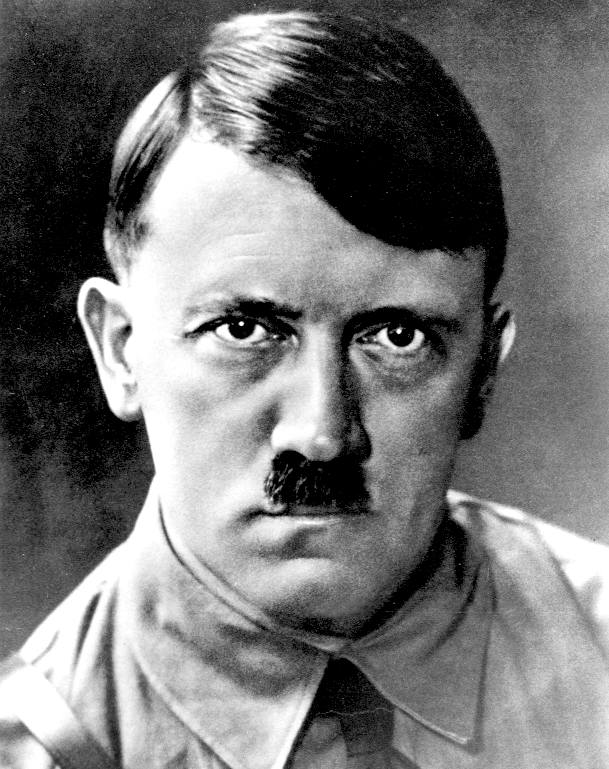
Adolf
Hitler
German
Chancellor
|
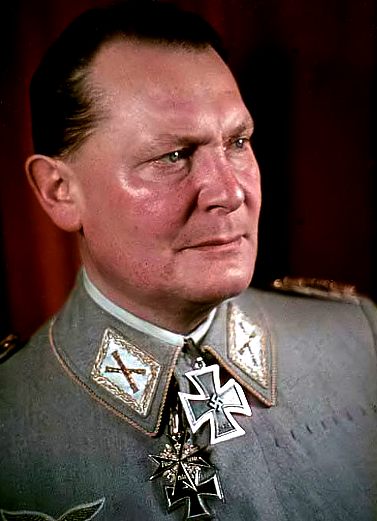
Herman
Goring
Reichsmarschall
Luftwaffe
|
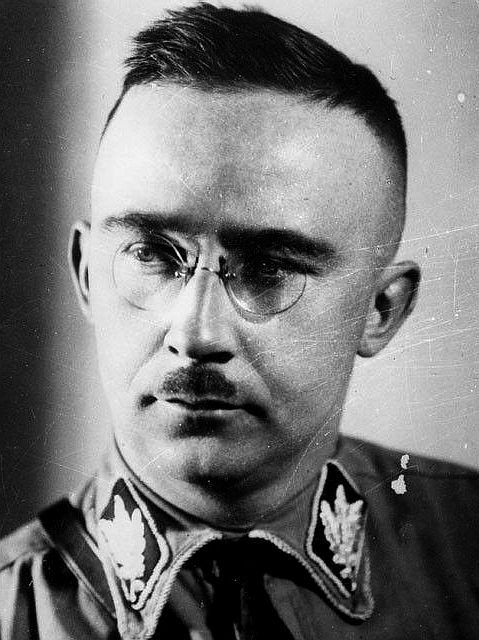
Heinrich
Himmler
Reichsführer Schutzstaffel
|
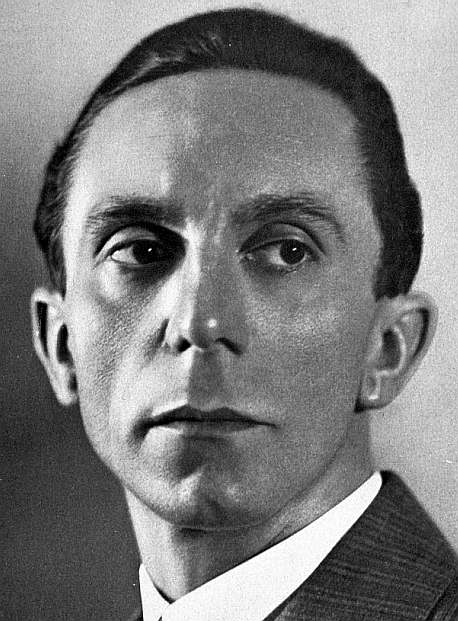
Joseph
Goebbels
Reich Minister Propaganda
|
|
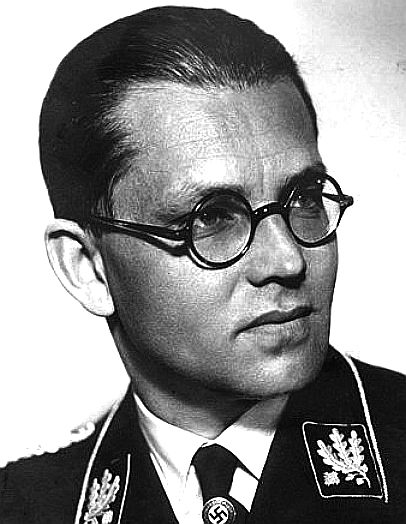
Philipp
Bouhler SS
NSDAP
Aktion T4
|

Dr
Josef Mengele
Physician
Auschwitz
|
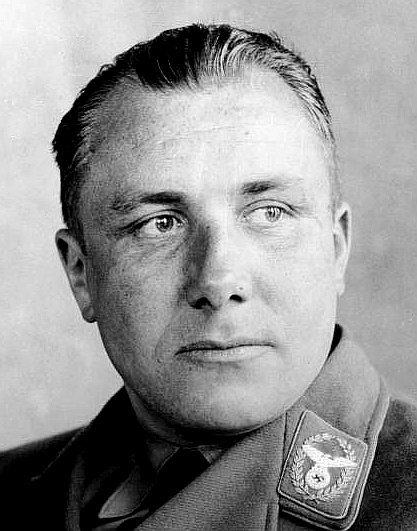
Martin
Borman
Schutzstaffel
|
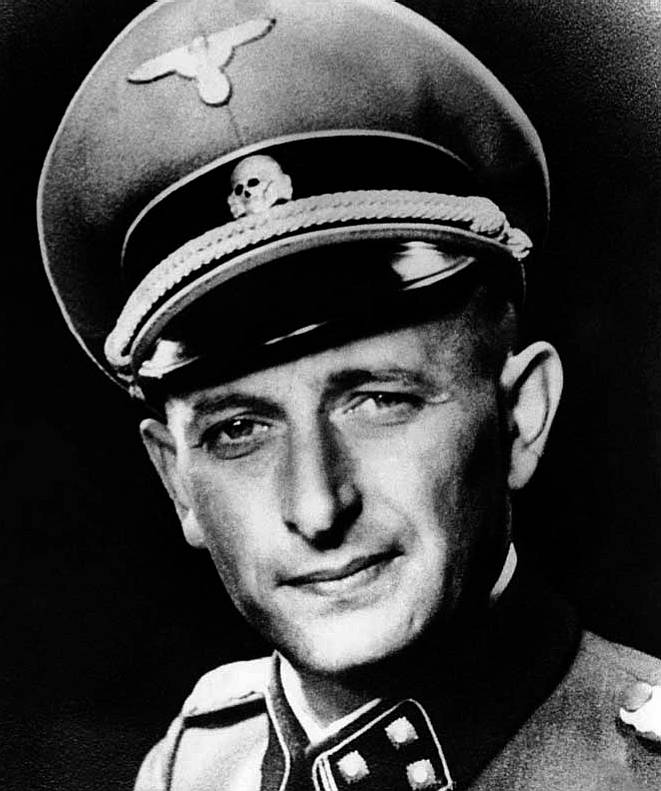
Adolph
Eichmann
Holocaust
Architect
|
|

Erwin
Rommel
The
Desert Fox
|
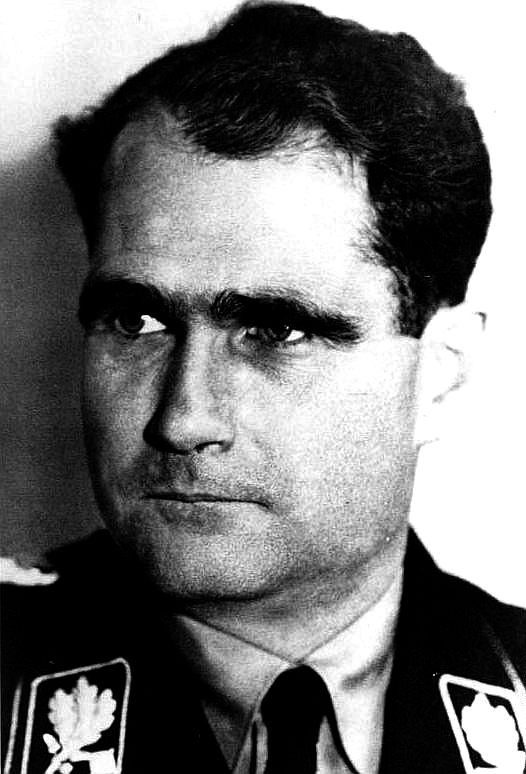
Rudolf
Hess
Auschwitz
Commandant
|
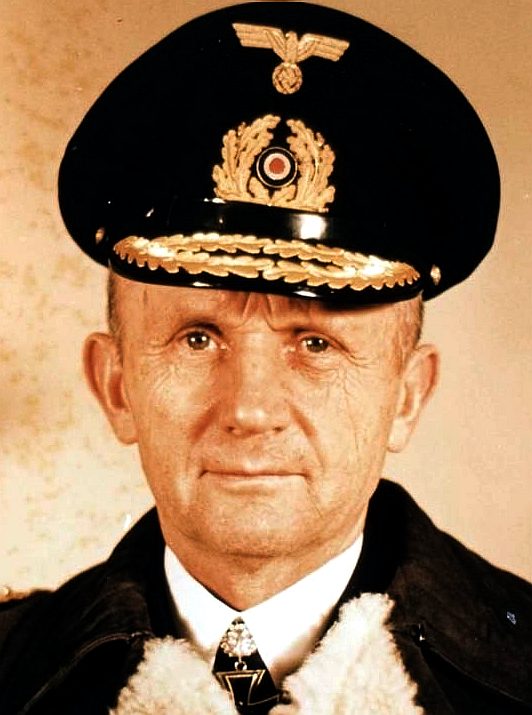
Karl
Donitz
Submarine
Commander
|
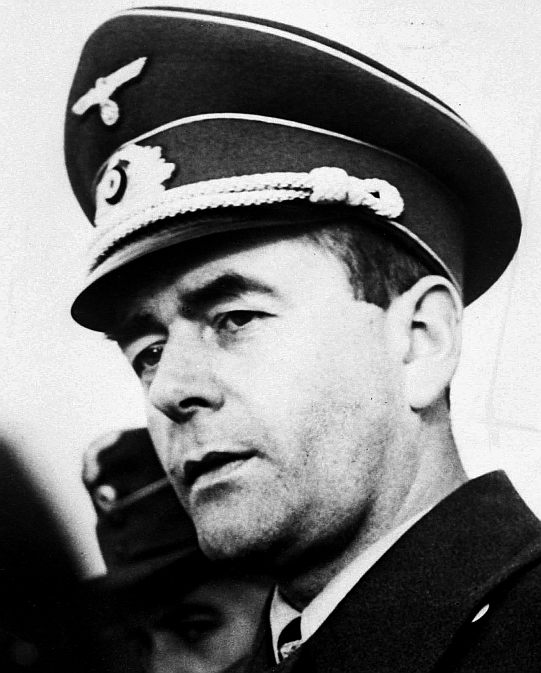
Albert
Speer
Nazi
Architect
|

The
SS and SA were the special forces used for political purposes

Good,
bad & evil A-Z
of humanity HOME
|















